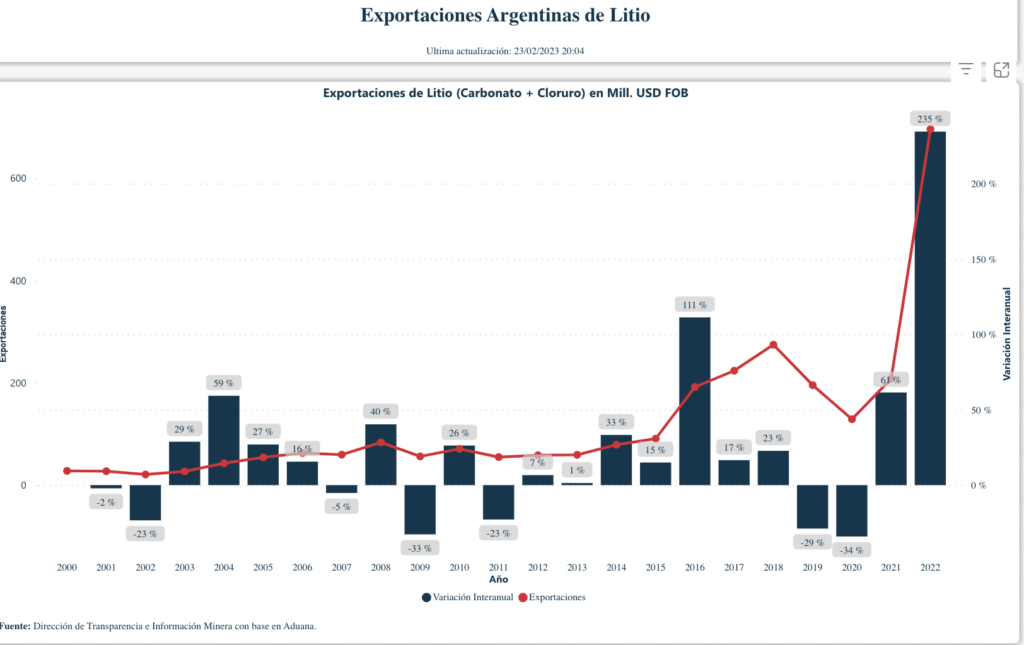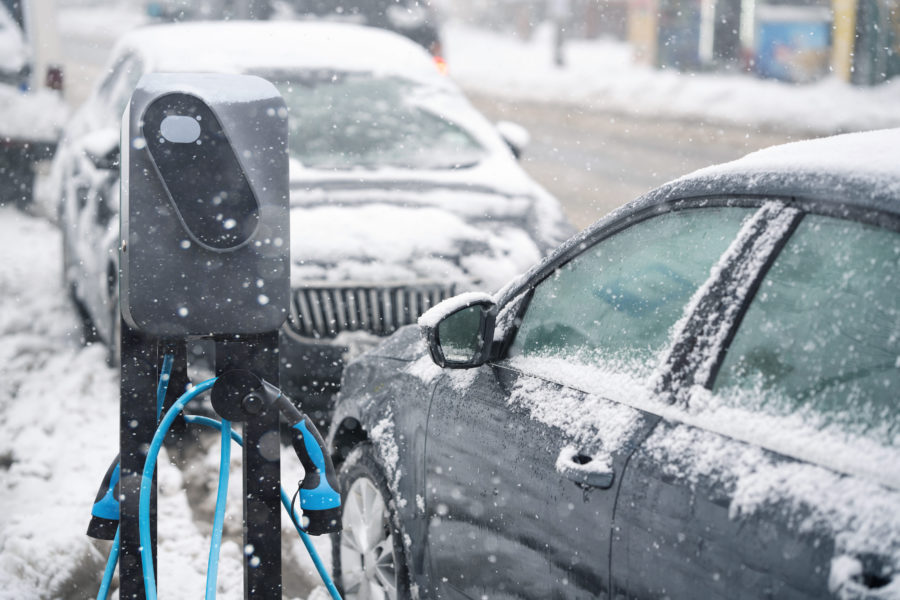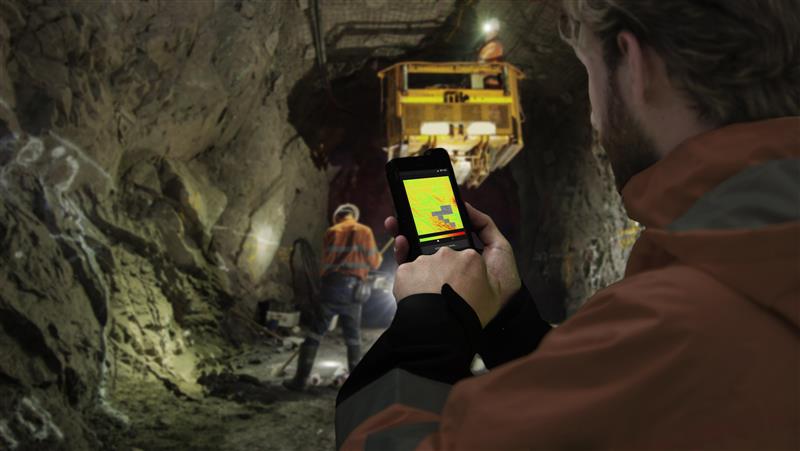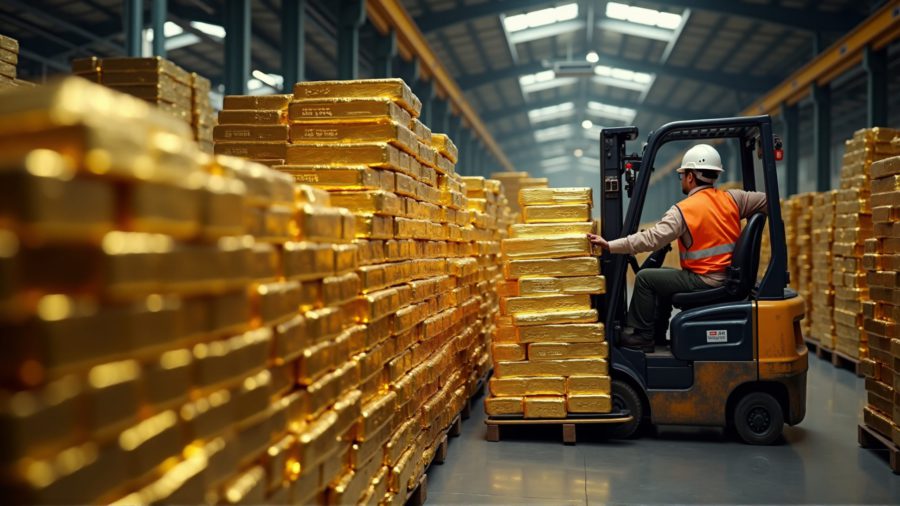Argentina plans to produce 200,000 tonnes of lithium by 2025

Argentina expects lithium exports to reach $5.6 billion by 2025. The figure is based on the production of 200,000 annual tonnes of the battery metal thanks to the development of six new projects in addition to the output of two existing lithium mines, information released by the Mining Secretariat states.
The projections are based on the rise in sales experienced by the two active projects, one located in the Olaroz salt flat in the northwestern Jujuy province and operated by Sales de Jujuy, a subsidiary of Australia’s Allkem, and the other located in the Hombre Muerto salt flat in the northwestern Catamarca province and operated by America’s Livent.
Interannual lithium exports grew by 235% in 2022, which equalled almost $700 million, the Secretariat’s data show.

Argentina currently has an installed production capacity of 37,500 tonnes of lithium carbonate and actually produces 33,000 tonnes.
According to the state news agency Telam, Sales de Jujuy is planning to add 25,000 tonnes to its production in the next couple of years, while Livent plans to add 20,000 tonnes. These amounts will be complemented by mid-decade by the upcoming production of the Cauchari Olaroz and Mariana developments, operated by China’s Ganfeng Lithium; the Centenario-Ratones being advanced by France’s Eramet; the Sal de Oro project owned by South Korea’s Posco; the Sal de Vida project of Australia’s Allkem Lda, and the Tres Quebradas development of China’s Zijin Mining.
Looking at 2030, official projections see annual exports reaching $8.7 billion, supported by the operation of a total of 11 lithium mines.
The South American country is the fourth global lithium supplier after Australia, Chile and China and is part of the so-called Lithium Triangle, where more than half of the world’s identified resources of the mineral are found. The Triangle is a unique stripe of high-altitude land covered with lakes and white salt flats that straddles Chile, Argentina and Bolivia.
More News
Study confirms drop-in electrode technology enables 10 minute EV charging at -10 °C
April 14, 2025 | 04:06 pm
Newmont deploys Ericsson private 5G at Australia’s largest underground mine
April 14, 2025 | 01:20 pm
{{ commodity.name }}
{{ post.title }}
{{ post.date }}




Comments